September 11, 2023
Elucidation of the mechanism whereby prostanoid TP receptor stimulation enhances urinary bladder smooth muscle contractions induced by parasympathetic neurotransmitters
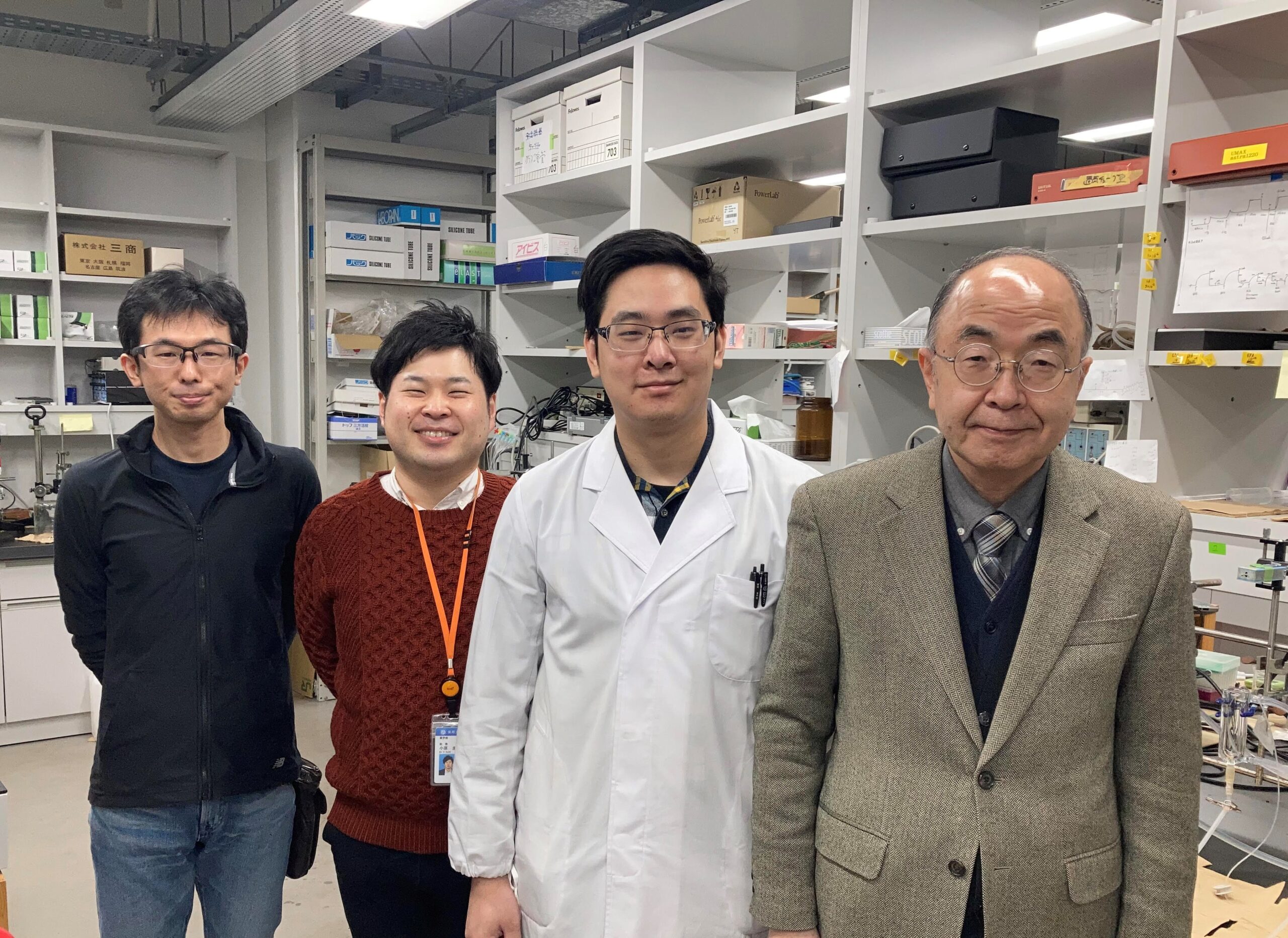
2nd from the Right: Mr. Guanghan Ou
3rd fro the Right: Dr. Keisuke Obara
Left Dr. Kento Yoshida
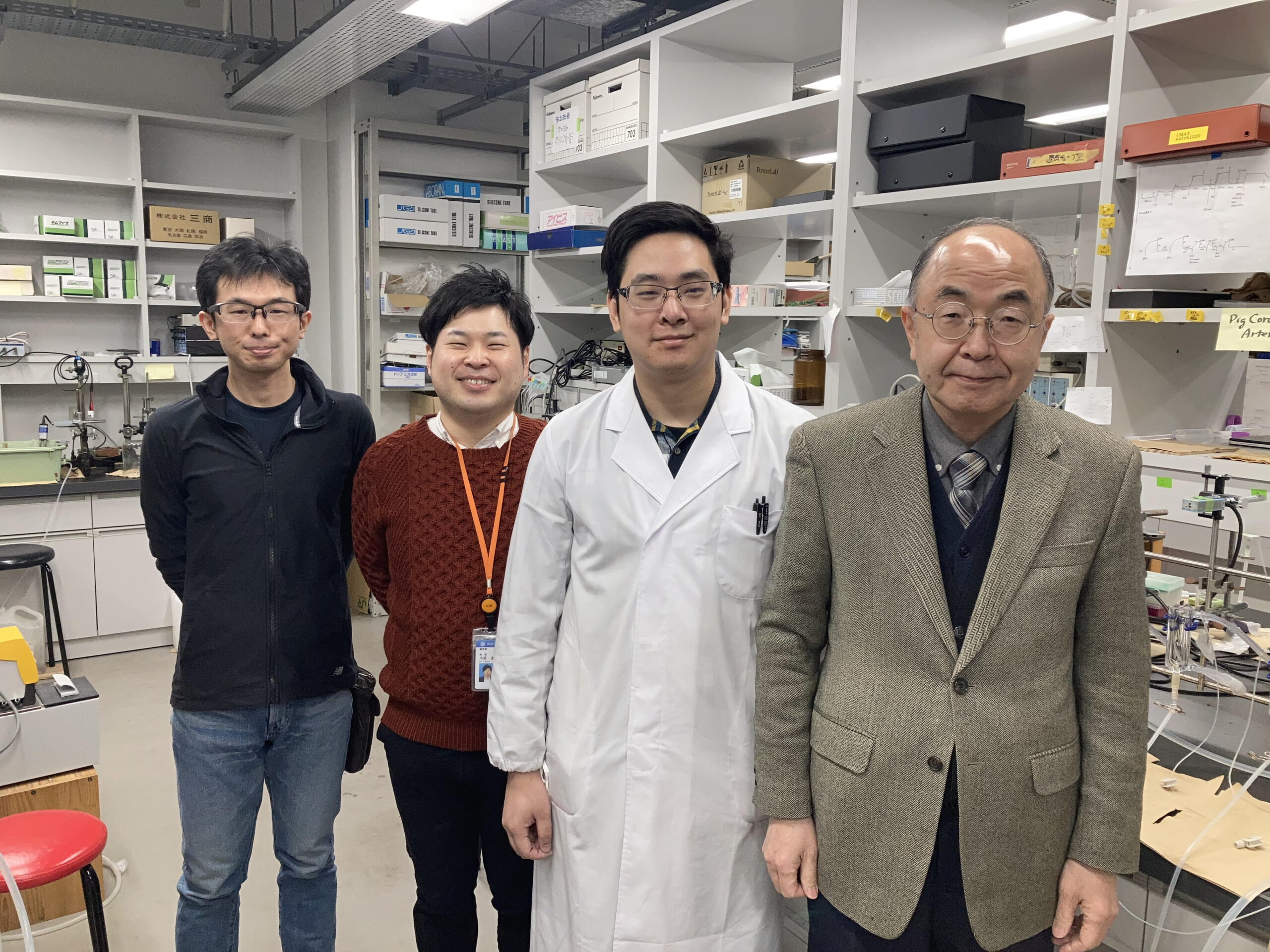
2nd from the Right: Mr. Guanghan Ou
3rd fro the Right: Dr. Keisuke Obara
Left Dr. Kento Yoshida
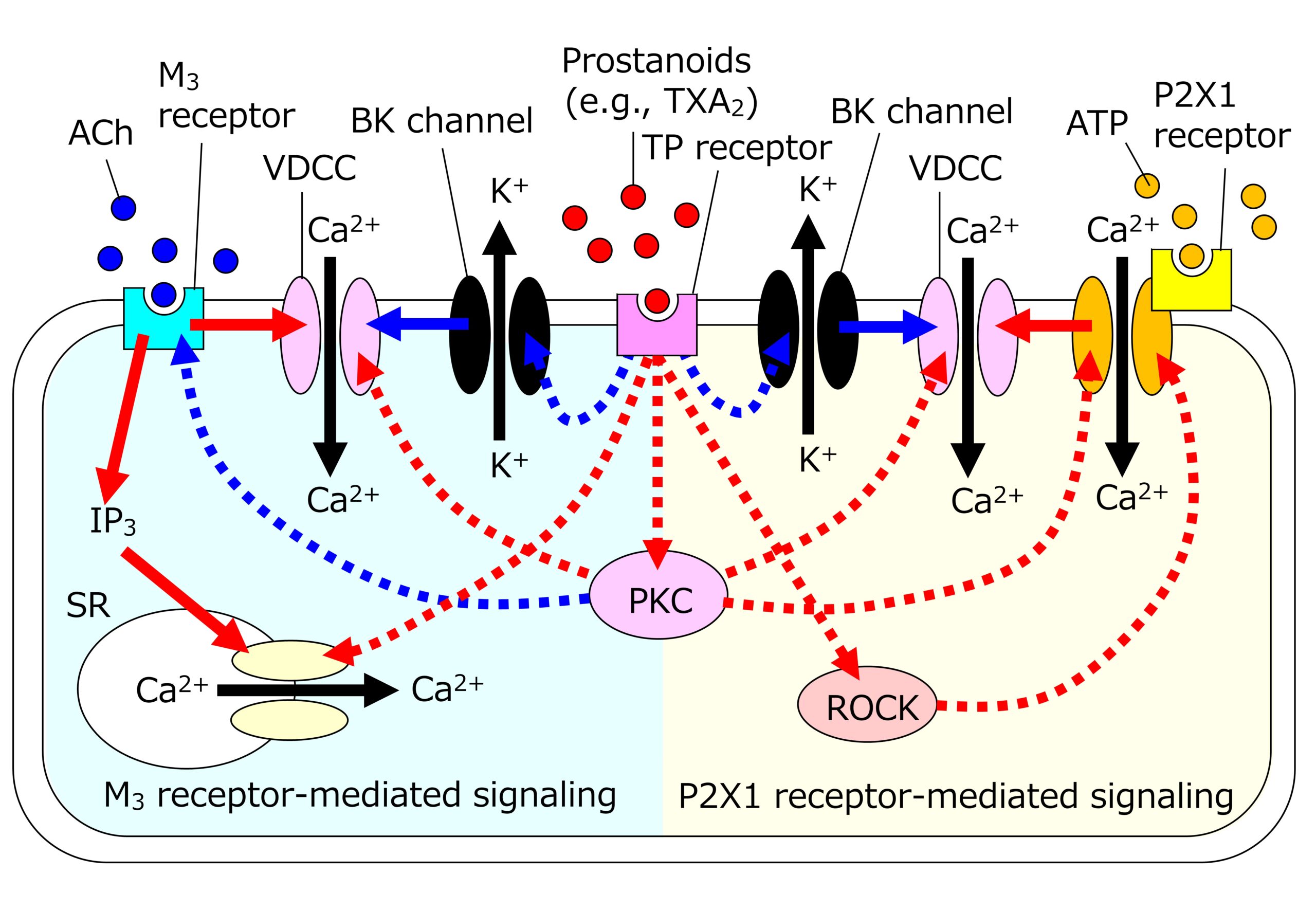
A schematic summary of this study. Prostanoid TP receptor stimulation enhances ACh- and ATP-induced urinary bladder smooth muscle (UBSM) contractions through the following possible mechanisms shown as dotted arrow lines. Regarding ATP, TP receptor stimulation could enhance the contractions through 1) PKC-mediated VDCC and purinoceptor (P2X1 receptor) activation, 2) VDCC activation by inhibition of BK channel negative regulation of VDCC, and 3) ROCK-mediated purinoceptor (P2X1 receptor) activation. Regarding ACh, TP receptor stimulation could enhance the contractions through 1) BK channel inhibition-mediated VDCC activation and 2) increase of Ca2+ release from the sarcoplasmic reticulum (SR), although involvement of PKC is apparently negligible. This is because TP receptor stimulation could cause PKC-mediated activation of VDCC while it could also cause PKC-mediated suppression of muscarinic receptor (M3 receptor) function; the latter suppressing effect may counteract the former potentiating effect. Solid red/blue lines show the potentiating/suppressing effects when M3 receptor or P2X1 receptor is stimulated. Dotted red/blue lines show the potentiating/suppressing effects produced by TP receptor stimulation. TXA2, thromboxane A2; ACh, acetylcholine; PKC, protein kinase C; VDCC, voltage-dependent Ca2+ channel; BK channel, big conductance calcium-activated potassium channel; ROCK, Rho-associated protein kinase.
RELATED NEWS-Pharmaceutical Sciences:
Undergraduate Programs
– Medicine
– Pharmaceutical Sciences
– Science
– Nursing
– Health Science
Graduate Programs
–Medicine
–Pharmaceutical Sciences
–Science
–Nursing
RESEARCH
– News
– Guidelines & Policies
– Support Offices
– Facilities
– Security Export Control
Non-Degree Programs
– Clinical Elective Program
– International Physician Observership Program

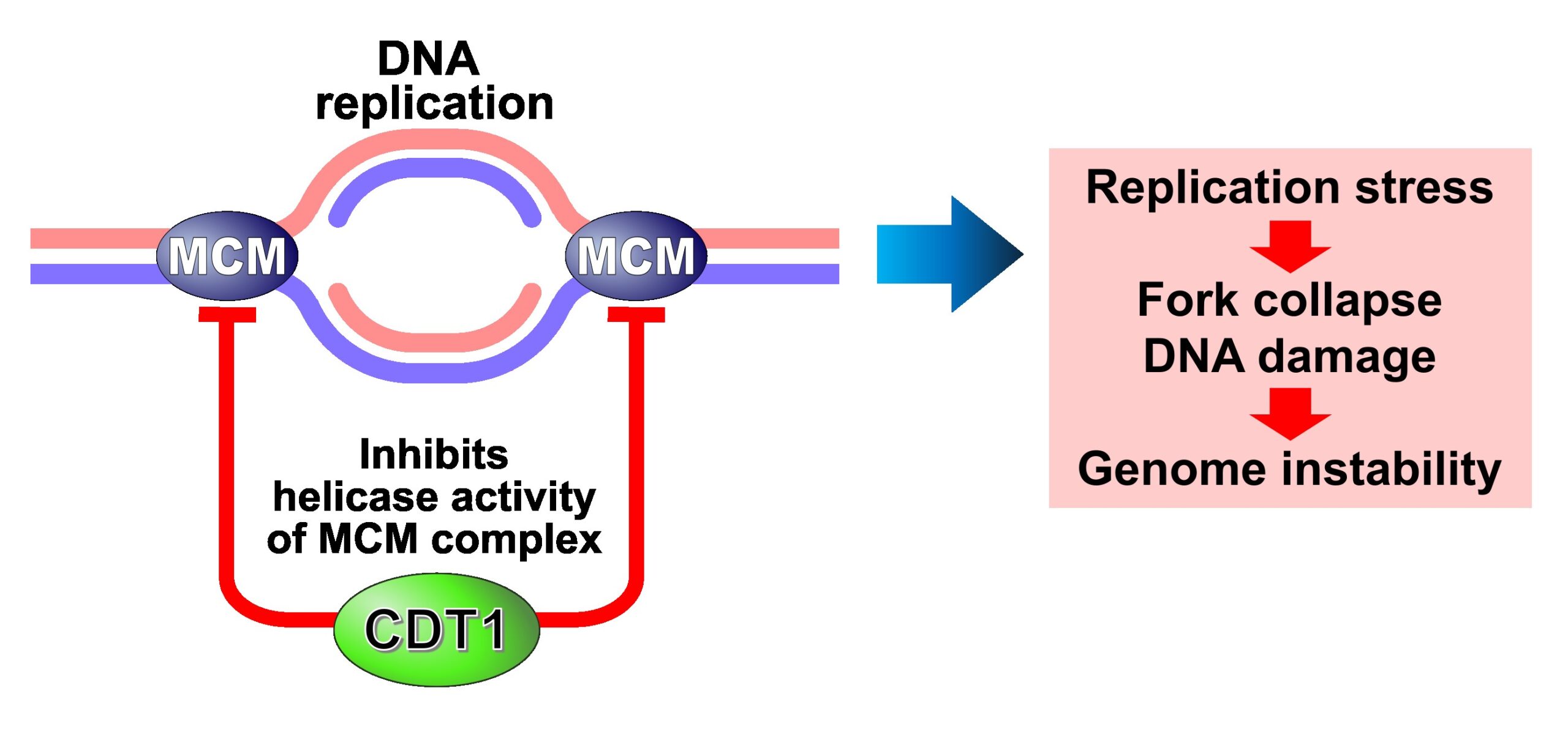
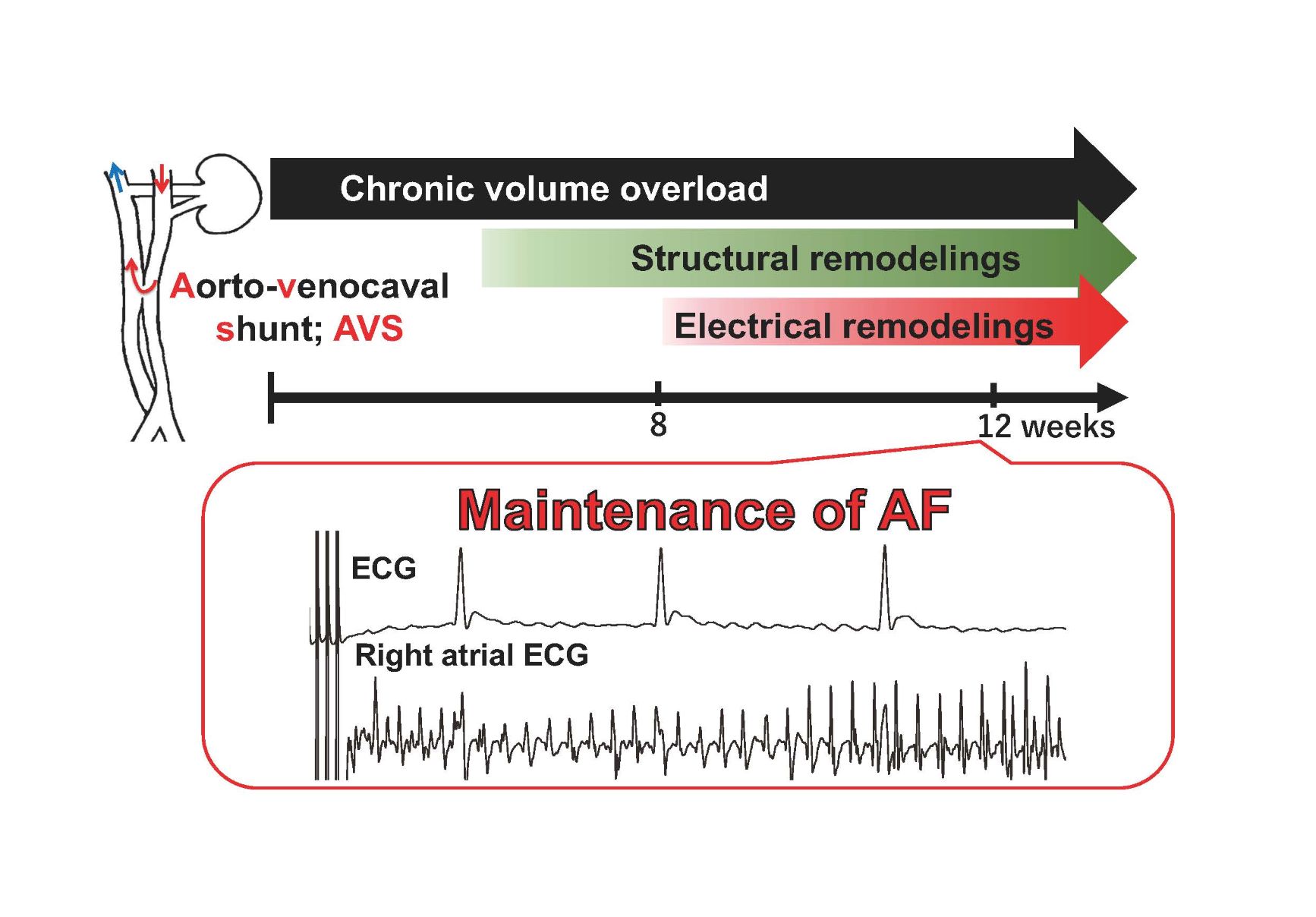
.jpg)
